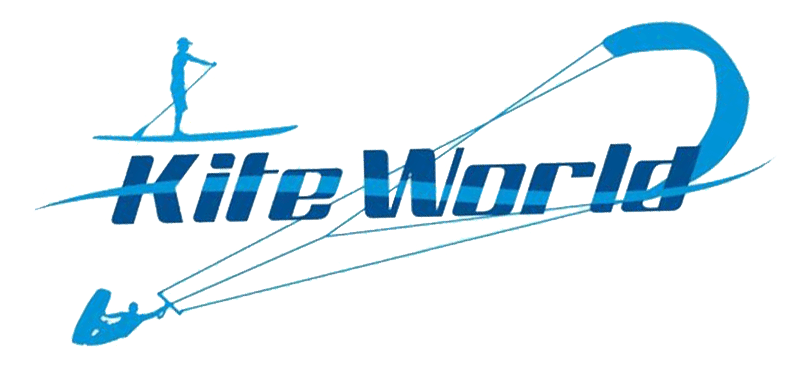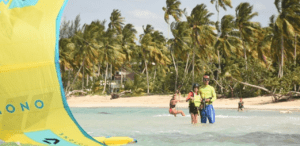Kid kiteboarding is the perfect watersport to excite and challenge kids
Watching kitesurfers glide on the water and soar over the ocean is enticing for everyone, kids included. If you are thinking about introducing your child to the world of kiteboarding then this guide explains everything you need to know, particularly about safety and age limits.
Granted there are some dangers but with the right instruction with the safety rules, kiting can be extremely safe. Sports like skiing and surfing are a good comparison. These sports can be difficult to stand and maneuver but are mellow when you are just cruising. Kid kiteboarding is about practice and patients.

1. Kid kiteboarding – getting started
What is the best age to begin kiteboarding?
Today, many people can view kiteboarding as something difficult to do. In fact, this kid kiteboarding is just as easy to master as any water sport. Kids can start as young at 8 years old and most Kiteboarding schools in the Dominican Republic will require the child to be at least 40 kilograms (around 90lbs) in weight. Because kids are generally a lot lighter than most adults, they may find it harder to control the kite and board, and thus can be given a smaller kite.
For parents, don’t be pushy. Your kids need to feel naturally confident in the water on their own terms and also be good swimmers. There are other ways you can encourage your child. For example, parents often buy their children kites to enjoy their vacation, in the shape of animals like snakes and sharks.
RELATED ARTICLE : 2022 Guide to Dominican Republic kiteboarding holidays
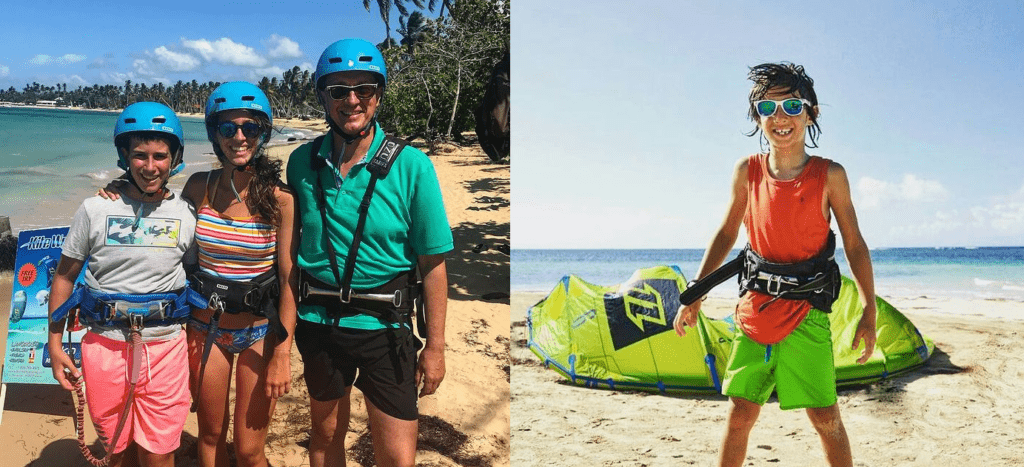
Coaching and Kiteboarding schools
Probably the most important factor in kid kiteboarding is learning from a good, certified kite school. Let’s face it. Having your mum or dad teach you out in the water isn’t going to work, mainly because of the parent-child dynamic. Kids love their parents but they don’t like taking instructions from them, especially when the task is difficult in the beginning.
This is where an external coach comes in. A kiteboard instructor can act as a mentor who can be respected by the child, without the emotional baggage – you get what we mean. When starting, kids will most likely learn to fly a trainer kite that teaches them how to steer a kite. This process starts on land with your kiteboard instructor. A good school will want your child to learn the basics of kite flying before venturing out into the water.
2. Kid kiteboarding – learning to kite
As adults, we can easily overlook a few basics of how children learn to kiteboard. Kids might not be able to stay in the water for as long as adults can because they can get colder faster. Also Some kids can’t stay focused as long as adults. It’s harder for them to pay attention for long periods and therefore beginners kitesurfing lessons for children need to be tailored accordingly.
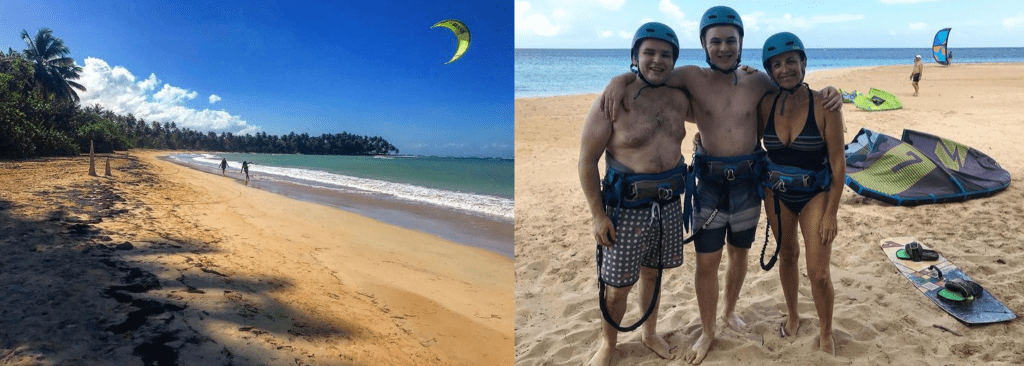
Kid kiteboarding lessons tend to be shorter in duration, and a smart kiteboarding instructor will include fun elements to the lesson – like challenges and games. Kids react well to a mixture of land and water activities. Which helps them to gain confidence, skills, and the right safety
Kid kiteboarding equipment
There are two ways you can start kids off: the first is using a seat harness. It should have a handle in the back so that the instructor or parent can hold on or mount a leash on it. The second option for kids is a children-sized waist harness. This is for kids who possess good kite control skills already.
The next piece of equipment to consider in the kite bar. As children have shorter arms it’s important that the depower mechanism of a bar isn’t too long. Some kiteboarding brands produce special bars for women which have a shorter depower mechanism. Plus the bar should have a modern and easy-handling safety system. Most kitesurfing schools will be able to supply you with kid-sized equipment.
Kid kiteboarding – how many lessons
It takes some time for kids to ride independently. As a parent, you can expect to spend many hours on the water with your kid practicing. Kid kiteboarding lessons will certainly help to accelerate the progress of your child. These private lessons are best done weekly, and in small sessions – like an hour or two (with plenty of breaks in the middle). It could take 2-3 weeks before kids are confident enough to ride by themselves for a set distance.
You should show your child that you’re proud of their progression, even if it’s just baby steps. Your encouragement will count more than the praise from their kiting instructor. Also, your trust is important too. You must trust the process and trust your kid out on the water – let them make mistakes, let them fall off, and let them get back up again!
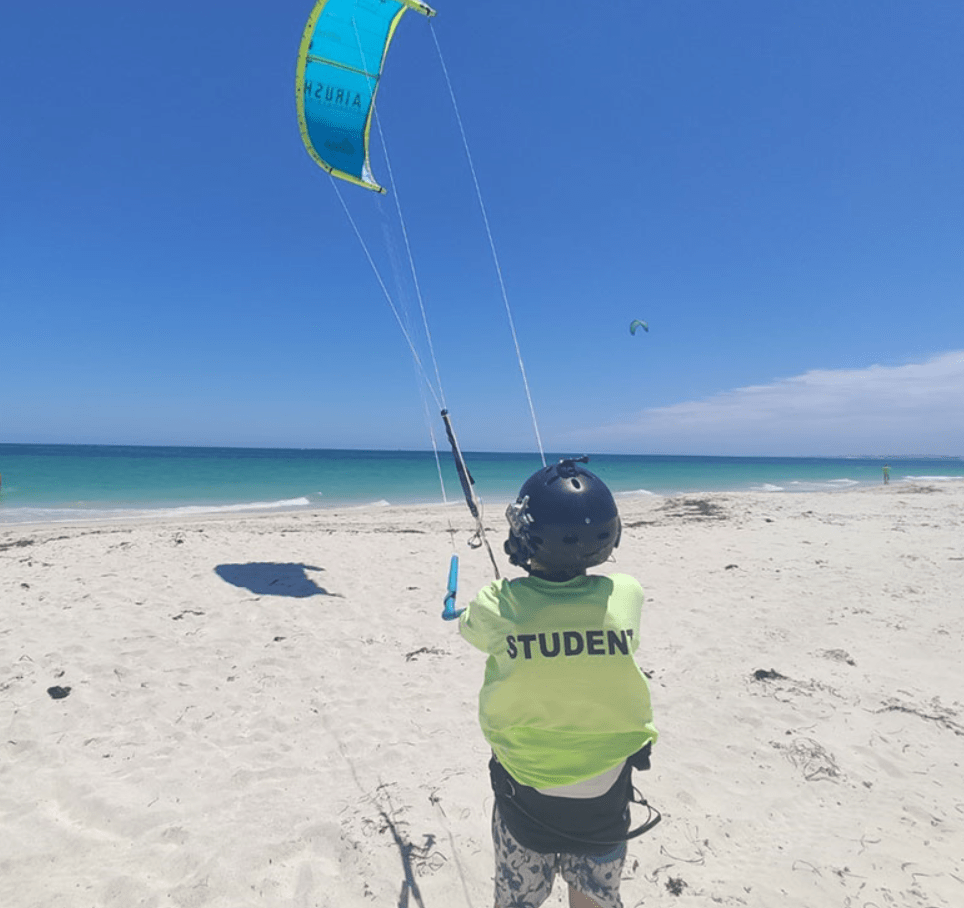
3. Kid kiteboarding – learning independence
Independence and safety is key. Your child won’t always be riding in shallow water, with an instructor bringing the board back for him or her, so it’s vital that the child knows how to get themselves out of trouble.
Maturity level plays a big part in this. A child’s level of maturity does not come at a precise age. We have seen teenagers who are unable to pass basic board-recovery tests, and get bored when they fail. Whereas, some 9 year old children ride better than adults. What’s the deciding factor here? Maturity and commitment.
That is what kid kiteboarding is all about. The final word on whether or not to start your kid off with kiteboarding is your instinct for their water skills, coordination skills, maturity level and above all commitment.
SUGGESTED READING: Beginners kitesurfing Las Terrenas
